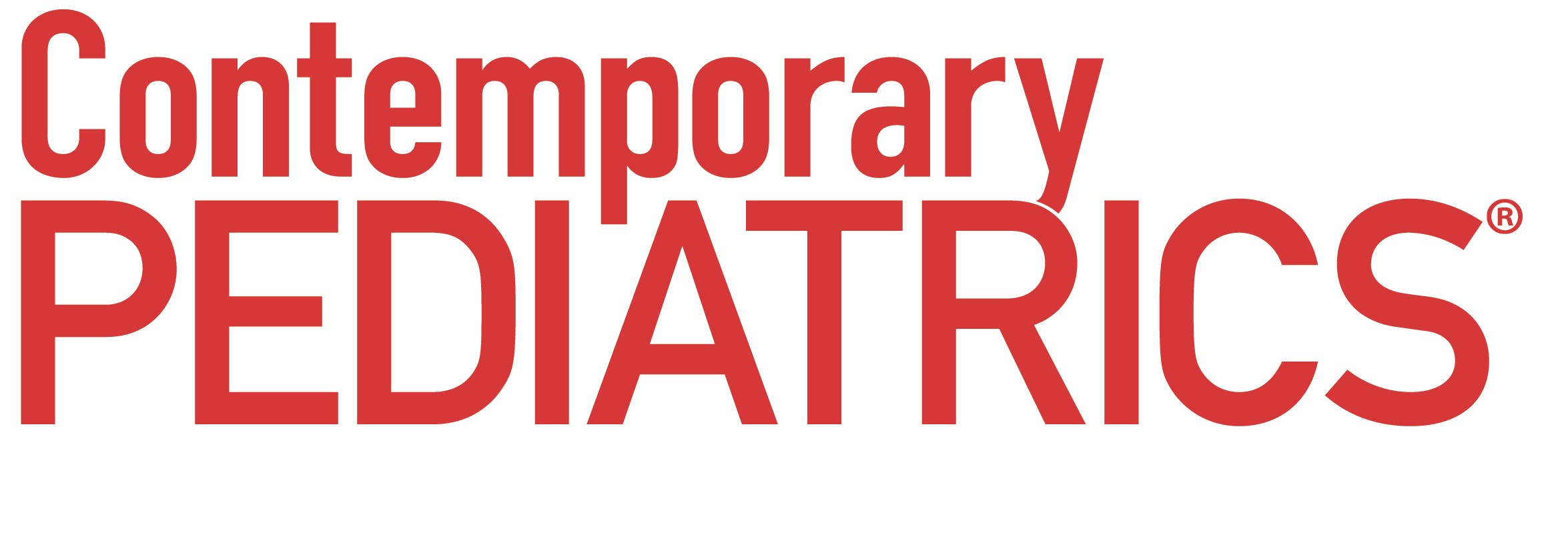Patient Education and Future Directions for ALGS Management
Drs Ryan T. Fischer and Regino Gonzalez-Peralta provide insight on educating patients and their caregivers on emerging treatment options for Alagille syndrome and the potential impact of evolving therapies on the progression of liver disease.
William F. Balistreri, MD: Ryan, what do you tell your families in the clinic? They’re going to come in and say, “I heard about this new drug on the Alagille Syndrome Alliance website.”
Ryan T. Fischer, MD: Absolutely, and we have to encourage it. We have to get our families to ask questions and invest in the care of their kids. If it’s something that’s a little off, we have to tell them, “It doesn’t make sense for you.” But when it’s something that has good data and real-world experience behind it, we have to be supportive and do our due diligence to make sure we’re ready to go with whatever that might be. We always want to chat with our patients about those new opportunities.
We’re a center that has prescribed maralixibat for children with Alagille syndrome, and odevixibat for children with PFIC [progressive familial intrahepatic cholestasis]. We’re starting to go from the research and the data collected to saying how this is going to work for me, for the patient, and for the families we prescribe it for. Real-world experience and getting to know the unexpected downsides or how much better things have gotten are going to be important. We want to hear and see those stories.
We’re going to want to talk a lot about the availability of these medications. What does it take? It’s one thing to know, “I have a symptom, and I have my treatment.” How do we get from first to second base? How can we make sure we’re able to offer these drugs to all the children who need them? We’ve already had to jump through a few hoops with insurance companies as it is. I don’t think that’s going to get any easier, especially for a medication like this that’s dedicated to such a small population and is going to have a price tag associated with it, which we’ll need to talk about.
Secondly, are we going to try to expand the use of these medications beyond the pruritus that it has the clinical indication for? We’re starting to see data trickle out at different meetings that growth has improved with children who are on these medications, and some other factors that may benefit from using IBAT inhibitors. When we talk to our families, we say, “We’re your partners. We’re staying close to you guys. You know us by our first names. Let’s make sure we keep working hard to uncover good data and do everything we can to make your child comfortable.” On our end, we have to stay active and involved. I’m looking forward to getting back to meetings, being able to chat in person with other people, and discussing the ups and downs of what we’re all seeing. That’s also going to be a big factor.
William F. Balistreri, MD: Thank you, Ryan. That’s very well said. We talked about short- and long-term issues. There’s no question that the short-term issue is itching. Patients think about it every night when they go home. The long-term issue, which you can talk about in a second, is down the line. I can put that off. We talk about what’s right in front of them. My mantra has always been that our patients deserve the absolute best treatment available for their pruritus because it has such an impact on their quality of life. As we sort through these questions that you and Jennifer raised, we should keep that in mind.
Reggie, we talked about short-term issues, but what about the longer-term problem we’re trying to solve? Does this medication hold any hope for not just solving the problem of pruritus but perhaps allowing the progression of end-stage liver disease to be blunted to some degree? Do you have any thoughts or data that you could share with us?
Regino P. Gonzalez-Peralta, MD: I alluded to that when I talked about the ICONIC trial. I’m gradually becoming a believer that modifying serum bile acids will lead to modification of progression of liver disease. There are ongoing trials using IBAT inhibitors in patients with biliary atresia with the primary aim to prevent or at least slow down the progression of liver disease. If the short-term goal of achieving reductions in serum bile acids in the vast majority of these patients who were treated in the trial remained in the long term, these drugs might be used in that manner. But the jury is still out. We may be talking in another 5 years, maybe even a little longer, about using IBAT inhibitors not for itching but for anyone who has cholestatic liver disease, not limited to Alagille or PFIC. IBAT inhibitors may become the next ursodeoxycholic acid for all we know.
William F. Balistreri, MD: With better data, hopefully.
Regino P. Gonzalez-Peralta, MD:And with the right mechanism of action.
William F. Balistreri, MD: Right. Theoretically, the concept works. As Ryan said, you’re reducing bile acid pool size, so theoretically you’re unloading bile acids from the liver. We know that if bile acids sit around long enough, certain bile acids can exert a hepatotoxic effect. Let’s cross our fingers and hope that dream will play out, but it’s a little too early.
Transcript Edited for Clarity




















